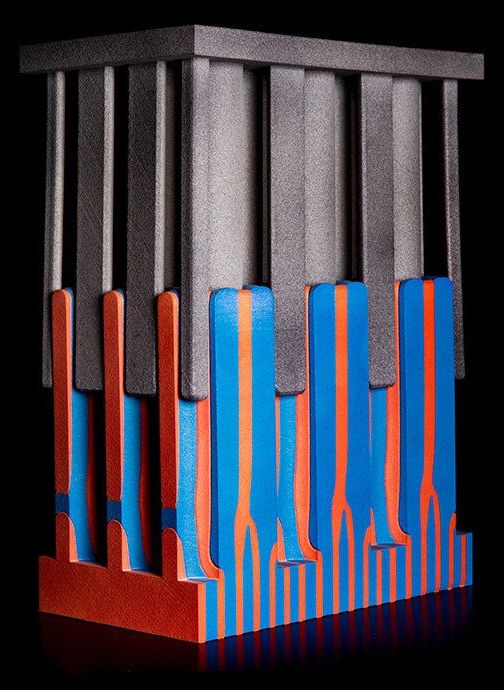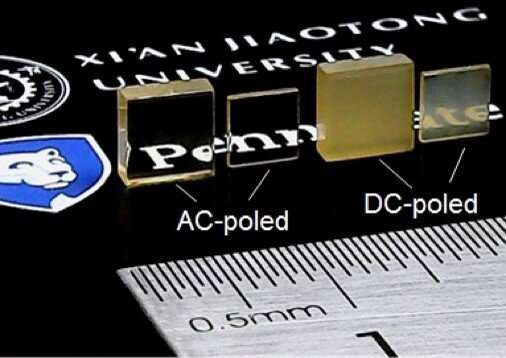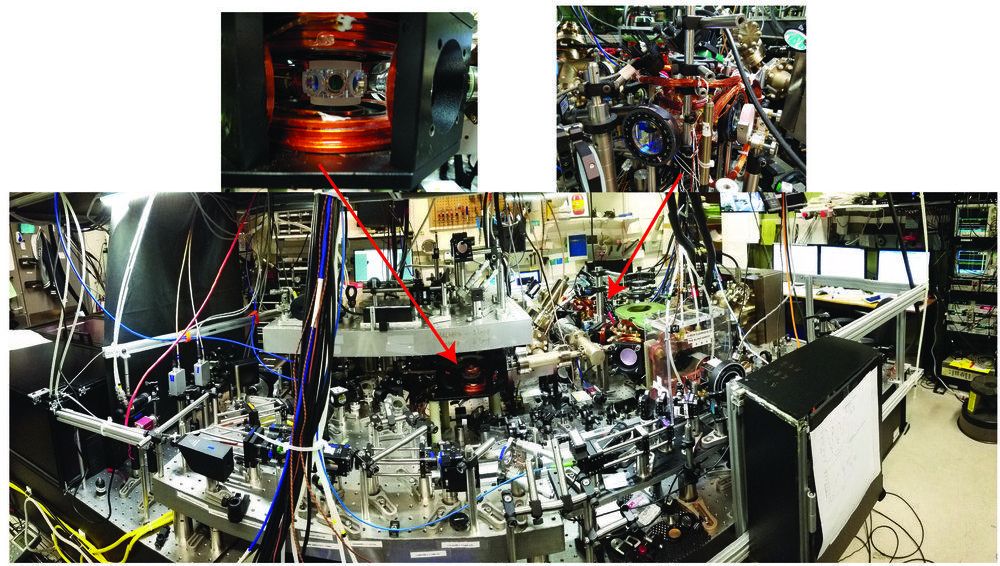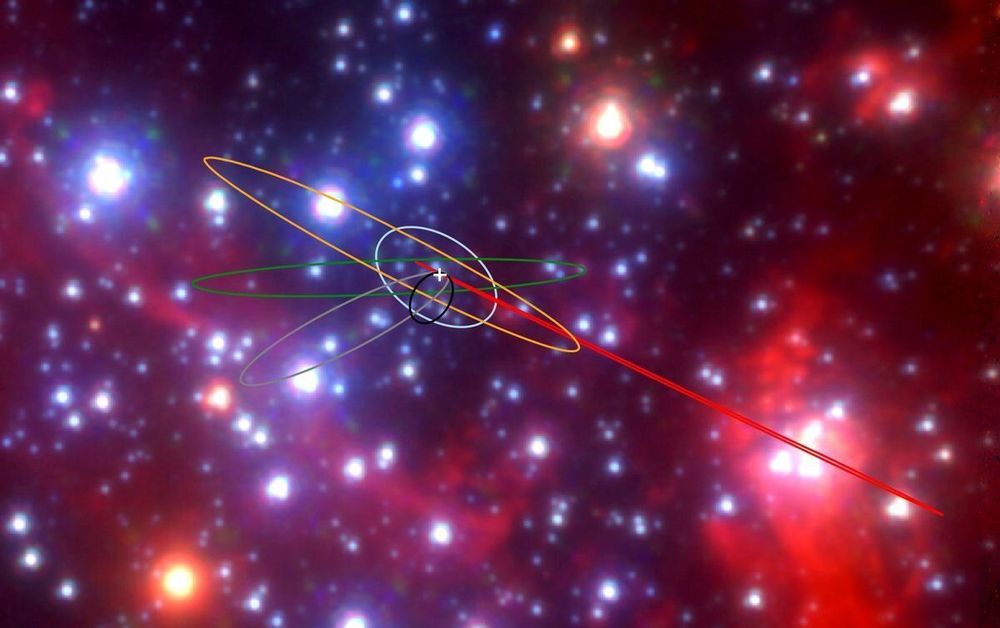Page 8022
Jan 16, 2020
Ketamine is revolutionizing antidepressant research, but we still don’t know how it works
Posted by Omuterema Akhahenda in category: biotech/medical
That the drug can treat patients in hours or days, instead of weeks or months, has sent scientists chasing its mechanism of action.
by
Michael Torrice
Jan 16, 2020
AI-Designed ‘Living Robots’ Crawl, Heal Themselves
Posted by Omuterema Akhahenda in categories: biotech/medical, robotics/AI, supercomputing
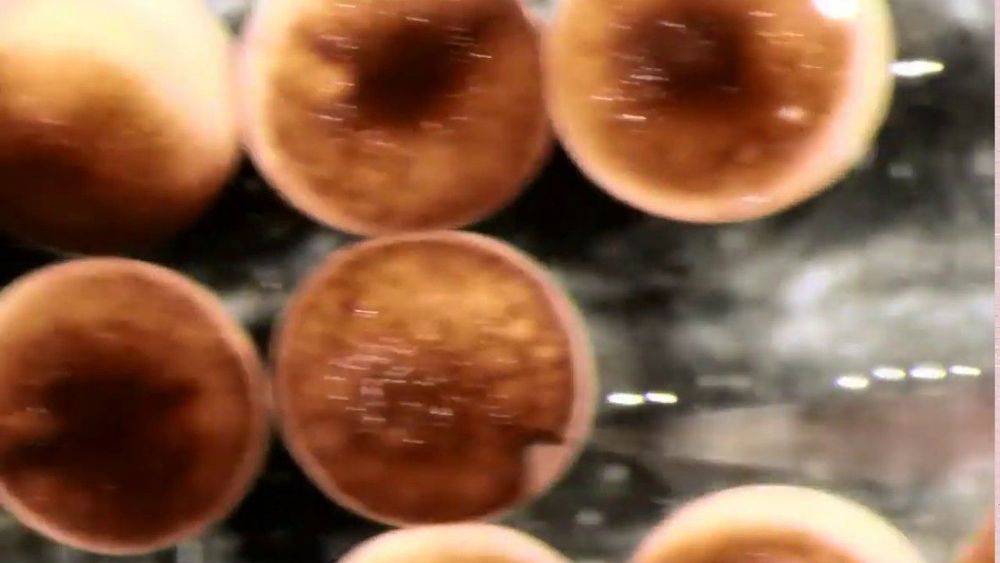
Biological organisms have certain useful attributes that synthetic robots do not, such as the abilities to heal, adapt to new situations, and reproduce. Yet molding biological tissues into robots or tools has been exceptionally difficult to do: Experimental techniques, such as altering a genome to make a microbe perform a specific task, are hard to control and not scalable.
Now, a team of scientists at the University of Vermont and Tufts University in Massachusetts has used a supercomputer to design novel lifeforms with specific functions, then built those organisms out of frog cells.
Continue reading “AI-Designed ‘Living Robots’ Crawl, Heal Themselves” »
Jan 16, 2020
Software detects backdoor attacks on facial recognition
Posted by Saúl Morales Rodriguéz in categories: cybercrime/malcode, engineering, military, robotics/AI
As the U.S. Army increasingly uses facial and object recognition to train artificial intelligent systems to identify threats, the need to protect its systems from cyberattacks becomes essential.
An Army project conducted by researchers at Duke University and led by electrical and computer engineering faculty members Dr. Helen Li and Dr. Yiran Chen, made significant progress toward mitigating these types of attacks. Two members of the Duke team, Yukun Yang and Ximing Qiao, recently took first prize in the Defense category of the CSAW ‘19 HackML competition.
“Object recognition is a key component of future intelligent systems, and the Army must safeguard these systems from cyberattacks,” said MaryAnne Fields, program manager for intelligent systems at the Army Research Office. “This work will lay the foundations for recognizing and mitigating backdoor attacks in which the data used to train the object recognition system is subtly altered to give incorrect answers. Safeguarding object recognition systems will ensure that future Soldiers will have confidence in the intelligent systems they use.”
Jan 16, 2020
The mysterious, legendary giant squid’s genome is revealed
Posted by Saúl Morales Rodriguéz in categories: biotech/medical, education
How did the monstrous giant squid—reaching school-bus size, with eyes as big as dinner plates and tentacles that can snatch prey 10 yards away—get so scarily big?
Today, important clues about the anatomy and evolution of the mysterious giant squid (Architeuthis dux) are revealed through publication of its full genome sequence by a University of Copenhagen-led team that includes scientist Caroline Albertin of the Marine Biological Laboratory (MBL), Woods Hole.
Giant squid are rarely sighted and have never been caught and kept alive, meaning their biology (even how they reproduce) is still largely a mystery. The genome sequence can provide important insight.
Jan 15, 2020
Researchers gain control over internal structure of self-assembled composite materials
Posted by Saúl Morales Rodriguéz in category: materials
Composites made from self-assembling inorganic materials are valued for their unique strength and thermal, optical and magnetic properties. However, because self-assembly can be difficult to control, the structures formed can be highly disordered, leading to defects during large-scale production. Researchers at the University of Illinois and the University of Michigan have developed a templating technique that instills greater order and gives rise to new 3D structures in a special class of materials, called eutectics, to form new, high-performance materials.
The findings of the collaborative study are published in the journal Nature.
Eutectic materials contain elements and compounds that have different melting and solidification temperatures. When combined, however, the composite formed has single melting and freezing temperatures—like when salt and water combined to form brine, which freezes at a lower temperature than water or salt alone, the researchers said. When a eutectic liquid solidifies, the individual components separate, forming a cohesive structure—most commonly in a layered form. The fact that eutectic materials self-assemble into composites makes them highly desirable to many modern technologies, ranging from high-performance turbine blades to solder alloys.
Jan 15, 2020
Transparency discovered in crystals with ultrahigh piezoelectricity
Posted by Saúl Morales Rodriguéz in categories: computing, materials
Use of an AC rather than a DC electric field can improve the piezoelectric response of a crystal. Now, an international team of researchers say that cycles of AC fields also make the internal crystal domains in some materials bigger and the crystal transparent.
“There have been reports that the use of AC fields could significantly improve the piezoelectric responses—for example by 20% to 40%—over DC fields and the improvements have always been attributed to the smaller internal ferroelectric domain sizes that resulted from the cycles of AC fields,” said Long-Qing Chen, Hamer Professor of Materials Science and Engineering, professor of engineering science and mechanics, and professor of mathematics at Penn State. “About three years ago, Dr. Fei Li, then a research associate at the Materials Research Institute at Penn State, largely confirmed the improvement of piezoelectric performances from application of AC fields. However, it was not clear at all how the internal ferroelectric domains evolved during AC cycles.
”Our group does mostly computer modeling, and more than a year ago we started looking into what happens to the internal domain structures if we apply AC fields to a ferroelectric piezoelectric crystal. We are very curious about how the domain structures evolve during AC cycles. Our computer simulations and theoretical calculations did show an improved piezoelectric response, but our simulations also demonstrated that the ferroelectric domain sizes actually got bigger during AC cycles rather than smaller as reported in the literature.”
Jan 15, 2020
Researchers demonstrate first stable semiconductor neutron detector
Posted by Saúl Morales Rodriguéz in categories: materials, security
Homeland Security might soon have a new tool to add to its arsenal.
Researchers at Northwestern University and Argonne National Laboratory have developed a new material that opens doors for a new class of neutron detectors.
With the ability to sense smuggled nuclear materials, highly efficient neutron detectors are critical for national security. Currently, there are two classes of detectors which either use helium gas or flashes of light. These detectors are very large—sometimes the size of a wall.
Jan 15, 2020
Precise measurements find a crack in universal physics
Posted by Saúl Morales Rodriguéz in categories: chemistry, cosmology, particle physics, quantum physics
The concept of universal physics is intriguing, as it enables researchers to relate physical phenomena in a variety of systems, irrespective of their varying characteristics and complexities. Ultracold atomic systems are often perceived as ideal platforms for exploring universal physics, owing to the precise control of experimental parameters (such as the interaction strength, temperature, density, quantum states, dimensionality, and the trapping potential) that might be harder to tune in more conventional systems. In fact, ultracold atomic systems have been used to better understand a myriad of complex physical behavior, including those topics in cosmology, particle, nuclear, molecular physics, and most notably, in condensed matter physics, where the complexities of many-body quantum phenomena are more difficult to investigate using more traditional approaches.
Understanding the applicability and the robustness of universal physics is thus of great interest. Researchers at the National Institute of Standards and Technology (NIST) and the University of Colorado Boulder have carried out a study, recently featured in Physical Review Letters, aimed at testing the limits to universality in an ultracold system.
“Unlike in other physical systems, the beauty of ultracold systems is that at times we are able to scrap the importance of the periodic table and demonstrate the similar phenomenon with any chosen atomic species (be it potassium, rubidium, lithium, strontium, etc.),” Roman Chapurin, one of the researchers who carried out the study, told Phys.org. “Universal behavior is independent of the microscopic details. Understanding the limitations of universal phenomenon is of great interest.”
Jan 15, 2020
Astronomers discover class of strange objects near our galaxy’s enormous black hole
Posted by Saúl Morales Rodriguéz in category: cosmology
Astronomers from UCLA’s Galactic Center Orbits Initiative have discovered a new class of bizarre objects at the center of our galaxy, not far from the supermassive black hole called Sagittarius A*. They published their research today in the journal Nature.
“These objects look like gas and behave like stars,” said co-author Andrea Ghez, UCLA’s Lauren B. Leichtman and Arthur E. Levine Professor of Astrophysics and director of the UCLA Galactic Center Group.
The new objects look compact most of the time and stretch out when their orbits bring them closest to the black hole. Their orbits range from about 100 to 1,000 years, said lead author Anna Ciurlo, a UCLA postdoctoral researcher.




